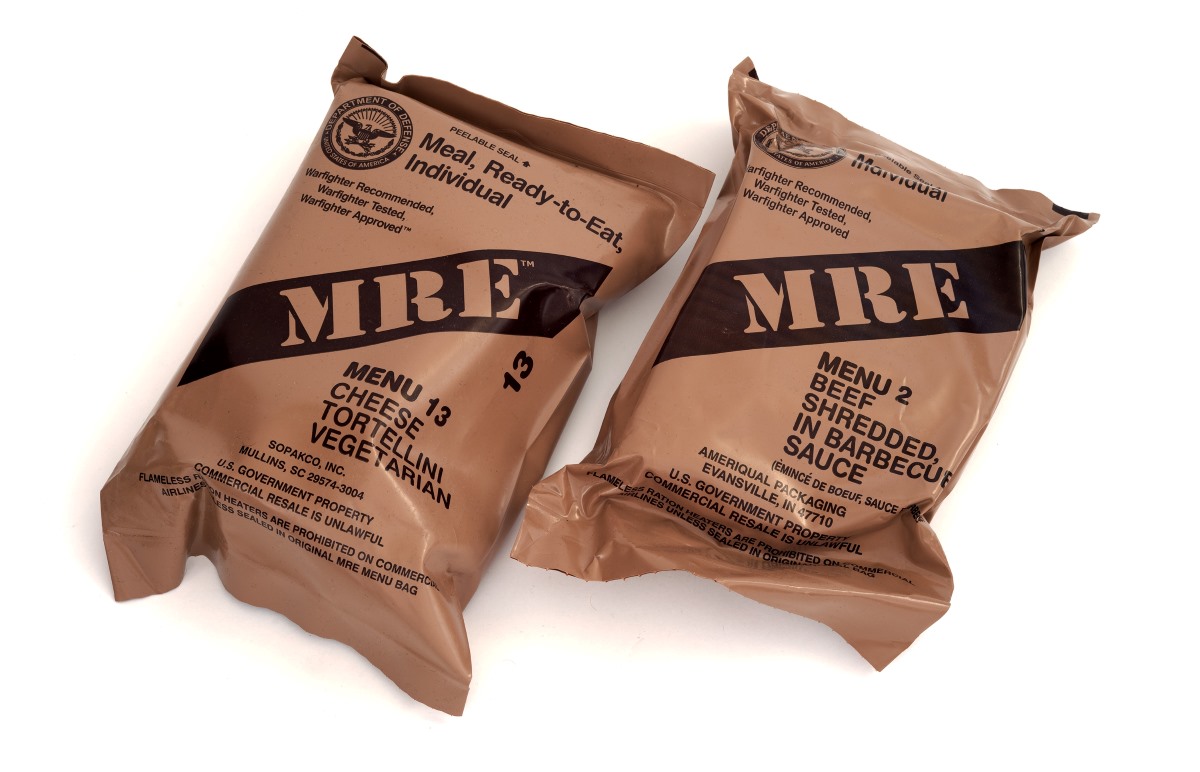

Articles
How To Store Mres
Modified: December 7, 2023
Learn the best practices for storing MREs in this comprehensive guide filled with insightful articles. Keep your emergency food supplies fresh and ready for any situation.
(Many of the links in this article redirect to a specific reviewed product. Your purchase of these products through affiliate links helps to generate commission for Storables.com, at no extra cost. Learn more)
Introduction
When it comes to emergency preparedness and long-term food storage, having a reliable and nutritious food source is paramount. MREs, or Meals Ready to Eat, are a popular choice for individuals and families looking to stock up on food supplies that can be consumed during emergencies or disasters.
MREs were initially developed for military personnel, providing them with a complete meal that is easy to prepare, nutritionally balanced, and has a long shelf life. Over time, the popularity of MREs has expanded to include civilians who are seeking convenient and long-lasting food options for various situations.
Storing MREs properly is crucial to ensure their quality and longevity. In this article, we will explore the importance of storing MREs and provide you with valuable tips on how to store them effectively.
Key Takeaways:
- Properly storing MREs is crucial for emergency preparedness and long-term food supply. Consider expiration dates, storage location, and rotation to ensure quality and readiness.
- Choosing the right storage containers, inspecting for damage, and following FIFO rotation principles are key to maintaining the quality and safety of stored MREs. Be prepared for any challenges by storing MREs effectively.
Read more: How To Store Store-Bought Bread
Why Store MREs?
Storing MREs can serve as a lifeline during times of emergencies or when access to fresh food is limited. Here are some reasons why you should consider storing MREs:
- Emergency Situations: Natural disasters such as hurricanes, earthquakes, or floods can disrupt regular food supply chains. Having MREs on hand ensures that you have a reliable source of food that requires no refrigeration, cooking, or other preparation.
- Outdoor Activities: If you enjoy outdoor activities such as camping, hiking, or hunting, MREs offer a convenient and lightweight food option. MREs are designed to be easily portable and can provide a complete meal without the need for cooking equipment or refrigeration.
- Extended Travel: If you are planning a long trip or traveling to remote areas where access to food might be limited, storing MREs can be a wise choice. They are compact, easy to pack, and provide a sufficient amount of nutrition to sustain you during your journey.
- Financial Preparedness: In times of economic uncertainty or job loss, having a stockpile of MREs can help ease the burden on your grocery budget. By having a supply of MREs, you can ensure that you and your family have access to nutritious meals, even during times of financial strain.
- Pandemics and Public Health Concerns: During a pandemic or public health crisis, when quarantine or isolation measures are in place, having MREs on hand can help reduce the need to venture outside and minimize the risk of exposure to the virus.
By storing MREs, you can have peace of mind knowing that you have a reliable and convenient food source in the event of an emergency or when access to traditional food options is limited. However, it is essential to understand the factors to consider before storing MREs to ensure their quality and longevity.
Factors to Consider Before Storing MREs
Before you start stocking up on MREs, there are several important factors to consider:
- Expiration Date: Check the expiration date on the MRE packaging. Most MREs have a shelf life of 5 to 7 years, but it is crucial to verify the date and ensure that you rotate your stock regularly to maintain freshness.
- Dietary Restrictions and Preferences: Consider any dietary restrictions, allergies, or personal preferences within your household. Some MREs may contain ingredients such as nuts or gluten, so it is essential to choose varieties that accommodate everyone’s needs.
- Caloric Requirements: Assess the nutritional needs of your family or group. Each MRE typically provides around 1,200 to 1,500 calories, which may vary depending on the specific menu. Make sure you have an adequate supply of MREs to meet your caloric requirements during the intended period of use.
- Storage Space: Evaluate the available storage space in your home or designated storage area. MREs should be stored in a cool, dry place away from direct sunlight and extreme temperatures.
- Storage Duration: Determine how long you intend to store the MREs. If you plan to store them for an extended period, you may need to consider additional preservation methods or opt for MREs with a longer shelf life.
- Affordability: Consider your budget when selecting MREs. Prices can vary depending on the brand, quality, and quantity of the MREs. It is essential to find a balance between quality and affordability to ensure you are getting the best value for your money.
- Taste Test: Before investing in a large quantity of one particular brand or menu, try a few MREs first to ensure that you and your family find them palatable. Everyone’s taste preferences can vary, and it is crucial to choose options that you will enjoy consuming.
By taking these factors into account, you can make informed decisions about the type and quantity of MREs to store. Next, let’s explore the importance of choosing the right storage location for your MREs.
Choosing the Right Storage Location
Properly storing MREs is essential to maintain their quality and extend their shelf life. Here are some factors to consider when selecting a storage location:
- Cool and Dry Environment: Choose a storage area that is cool and dry, as heat and moisture can degrade the quality of the MREs. Avoid storing them in areas with fluctuating temperatures, such as garages or attics, as extreme heat can accelerate the deterioration process.
- Dark and Shielded from Sunlight: MREs should be kept away from direct sunlight, as UV rays can damage the packaging and affect the food inside. Choose a storage location that is shielded from sunlight to ensure the integrity of the MREs.
- Ventilation: Adequate ventilation is important to prevent the build-up of moisture, which can lead to mold or spoilage. Ensure that the storage area has proper airflow to maintain a dry environment.
- Pest Control: Protecting your MREs from pests is crucial. Avoid storing them in areas prone to insect or rodent infestations. Consider using pest control methods such as traps or repellents to safeguard your stored food.
- Accessibility: Choose a storage location that allows for easy access and organization. Label your MREs and arrange them in a way that allows for efficient rotation to ensure that the oldest packs are used first.
- Security and Privacy: Store your MREs in a secure area to prevent unauthorized access. If you live in a shared living space, consider using lockable containers or securing the storage area to protect your food supplies.
By selecting a suitable storage location that meets these criteria, you can ensure that your MREs remain in optimal condition for an extended period. However, it is also important to choose the appropriate storage containers to further protect and organize your MREs.
Store MREs in a cool, dry place away from direct sunlight and extreme temperatures. Keep them in their original packaging to maintain their shelf life.
Recommended Storage Containers for MREs
Proper storage containers play a crucial role in protecting your MREs from external elements and ensuring their longevity. Here are some recommended storage containers for MREs:
- Airtight Plastic Bins: Airtight plastic bins are an excellent choice for storing MREs. They provide a barrier against moisture, pests, and UV light. Opt for bins that are made of durable and food-safe materials, with secure locking mechanisms to maintain airtightness.
- Vacuum-Sealed Bags: Vacuum-sealed bags can help further eliminate excess air and provide an additional layer of protection for your MREs. By removing air from the bags, you can prevent oxidation and preserve the quality and freshness of the food inside.
- Metal Containers: For added durability and protection, consider using metal containers for storing MREs. Metal containers are resistant to pests and can withstand external forces better than plastic bins. However, ensure that the containers are food-safe and tightly sealed to maintain freshness.
- Mylar Bags: Mylar bags are another popular option for MRE storage. These bags are made of a sturdy, heat-sealable material that provides a barrier against moisture, light, and pests. They are lightweight, compact, and highly effective at preserving the integrity of MREs.
- Pantry or Cupboards: If you have a dedicated pantry or cupboard space, you can store your MREs directly on the shelves. Ensure that the area is cool, dry, and away from direct sunlight. Use dividers or organizers to maintain organization and facilitate easy rotation.
- Refrigerators or Freezers: While not necessary, refrigerators or freezers can be used for storing MREs to extend their shelf life. MREs can be safely stored in the refrigerator to increase their longevity, especially if you live in a hot climate.
Remember to label your storage containers with the expiration dates of the MREs and perform regular inspections to ensure the integrity of the packaging. By utilizing these recommended storage containers, you can enhance the preservation of your MREs and keep them in optimal condition until they are needed.
Read more: How To Store Basil From Grocery Store
Tips for Properly Storing MREs
To ensure that your MREs remain in top condition and ready to be consumed when needed, here are some tips for properly storing them:
- Inspect Before Storing: Before storing your MREs, carefully inspect each pack for any signs of damage, such as punctures, bulging, or leakage. Discard any MREs that show signs of spoilage or have exceeded their expiration date.
- Keep Them Cool: Heat is one of the biggest enemies of MREs. Store your MREs in a cool environment, ideally between 50°F and 70°F (10°C to 21°C). Avoid storing them near heat sources like water heaters, radiators, or direct sunlight.
- Avoid Extreme Temperatures: Fluctuating temperatures can degrade the quality of MREs. Try to store them in a location where the temperature remains relatively stable. Avoid exposing them to freezing temperatures, as this can affect the taste and texture of the food inside.
- Keep Them Dry: Moisture can lead to mold growth and degrade the quality of MREs. Store your MREs in a dry environment to prevent the formation of condensation. Consider using moisture absorbers or desiccant packets to further protect against moisture.
- Rotate Your Stock: Follow the “first-in, first-out” principle when it comes to MREs. Ensure that you consume the oldest packs first and regularly rotate your stock to maintain freshness. Use a marker or label to indicate the purchase or expiration dates on each pack.
- Avoid Damaging the Packaging: The packaging of MREs is designed to protect the food inside. Avoid puncturing or damaging the packaging, as it can compromise the integrity of the product. Handle the MREs with care to prevent accidents or unintentional damage.
- Store Them Away from Chemicals: Keep your MREs away from chemicals, cleaning products, or any substances that could contaminate the food. Store them separately from any items that may emit strong odors or could potentially taint the MREs.
- Regularly Check for Signs of Spoilage: Even when stored correctly, it’s important to periodically check your MREs for signs of spoilage. Look for any unusual smells, changes in color or texture, or indications of mold growth. If any issues are detected, discard the affected MREs.
By following these tips, you can ensure the longevity and quality of your stored MREs, providing you with a reliable source of food during emergency situations or when access to fresh food is limited.
Rotation and Inspection of MREs
Proper rotation and regular inspection of your MREs are crucial to ensure their quality and safety. Here are some guidelines to follow:
- First-In, First-Out (FIFO): Adhere to the FIFO principle, which means using the oldest MREs first. When you acquire new MREs, place them at the back of your storage area, ensuring that the older packs are readily accessible. This way, you can avoid having MREs expire before you get a chance to consume them.
- Check Expiration Dates: Regularly check the expiration dates on your stored MREs. Make it a habit to inspect your stock every few months or as recommended by the manufacturer. If any MREs are nearing their expiration date, plan to consume or replace them accordingly.
- Inspect for Damage: Periodically examine the packaging of your MREs for any signs of damage, such as punctures, tears, or bulging. Damaged packaging can indicate compromised food inside. If you notice any damaged MREs, it’s best to discard them to ensure your safety.
- Check for Unusual Smells or Appearance: When opening an MRE, take a moment to sniff the contents. Unusual smells, off-putting odors, or signs of mold growth are indicators of spoilage. If you notice anything suspicious, dispose of the MRE and do not consume it.
- Assess Color and Texture: Look closely at the colors and textures of the food components in your MREs. Discoloration, unusual textures, or any indications of deterioration should raise concerns. If you observe any of these issues, it’s best to err on the side of caution and discard the MRE.
- Record and Maintain a Log: Keep a detailed inventory log of your stored MREs. Note the purchase or expiration dates, batch numbers, and any relevant information for each item. This log will not only help you keep track of your stock but also aid in verifying the freshness and usability of each MRE.
- Consider Regular Consumption: As part of your rotation strategy, consider incorporating MREs into your regular meals or outdoor activities. This practice allows you to regularly consume and replace your stock, ensuring that your MREs remain relatively fresh and palatable.
- Replenish and Reevaluate: Periodically reassess your MRE storage needs. As MREs near their expiration dates, replace them with new ones to maintain a constant supply. Additionally, reassess the quantity and variety of MREs based on changes in dietary needs, preferences, or household size.
By following these rotation and inspection practices, you can have confidence in the quality and safety of your stored MREs, providing you with peace of mind during emergencies or when you require a convenient source of food.
Conclusion
Properly storing MREs is essential for ensuring that you have a reliable and nutritious food source in times of emergency or when access to fresh food is limited. By following the tips and guidelines outlined in this article, you can effectively store your MREs and maintain their quality and longevity.
Consider factors such as expiration dates, dietary restrictions, and caloric requirements when selecting MREs to stock up on. Choose a suitable storage location that is cool, dark, and dry, away from extreme temperatures and moisture. Use recommended storage containers such as airtight plastic bins, vacuum-sealed bags, or metal containers to further protect your MREs.
Remember to regularly rotate your MREs using the first-in, first-out principle, and conduct inspections to check for damage, expiration dates, and any signs of spoilage. Keep a log of your stored MREs to maintain organized and up-to-date inventory. Additionally, consider incorporating MREs into your regular meals or outdoor activities to consume and replace them on a rotational basis.
By implementing these practices, you can ensure that your stored MREs remain in optimal condition, providing you and your family with a reliable source of food during unforeseen circumstances or when access to traditional food options is limited.
Don’t wait until an emergency arises – start properly storing your MREs today to be prepared for whatever challenges may come your way.
Frequently Asked Questions about How To Store Mres
Was this page helpful?
At Storables.com, we guarantee accurate and reliable information. Our content, validated by Expert Board Contributors, is crafted following stringent Editorial Policies. We're committed to providing you with well-researched, expert-backed insights for all your informational needs.
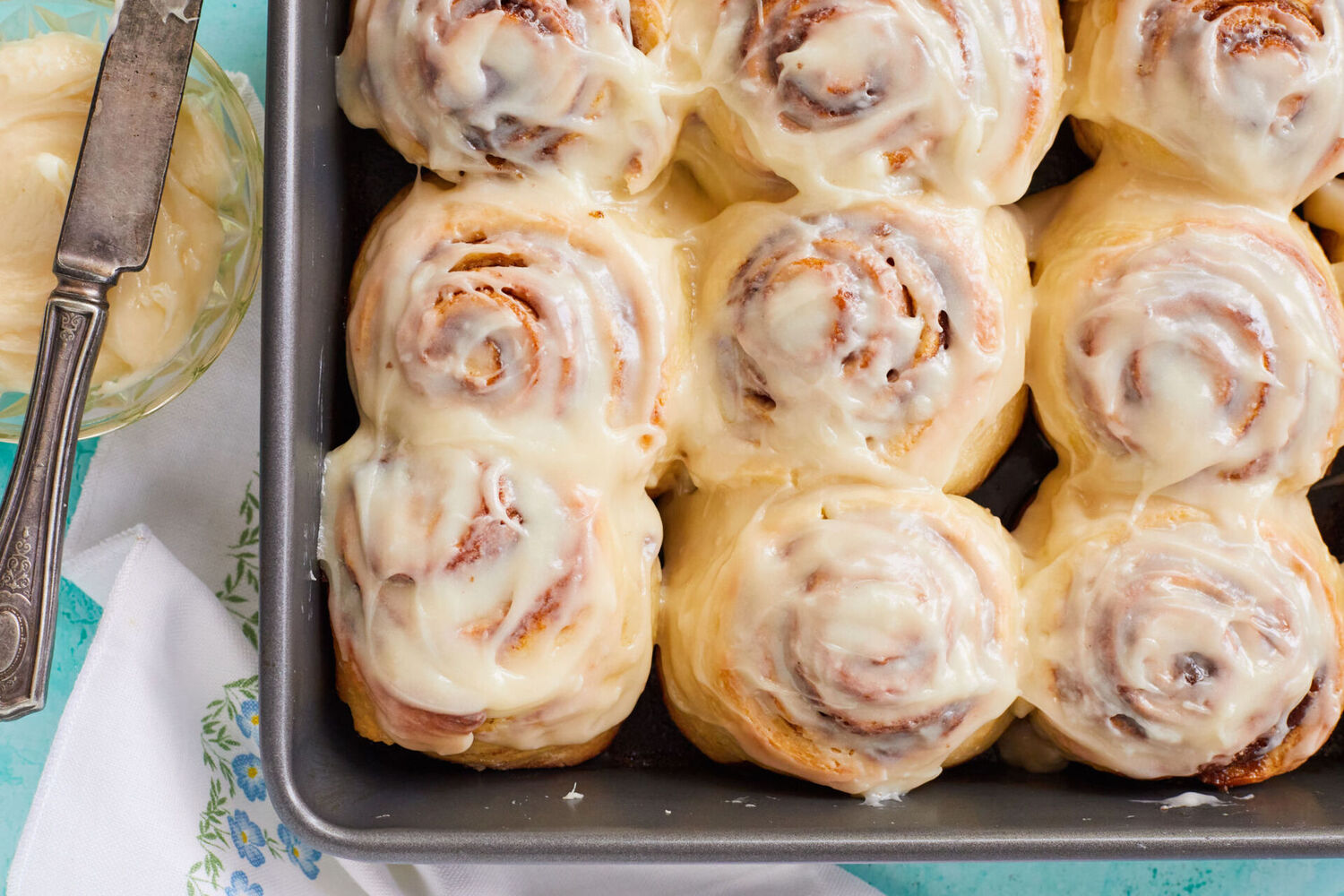



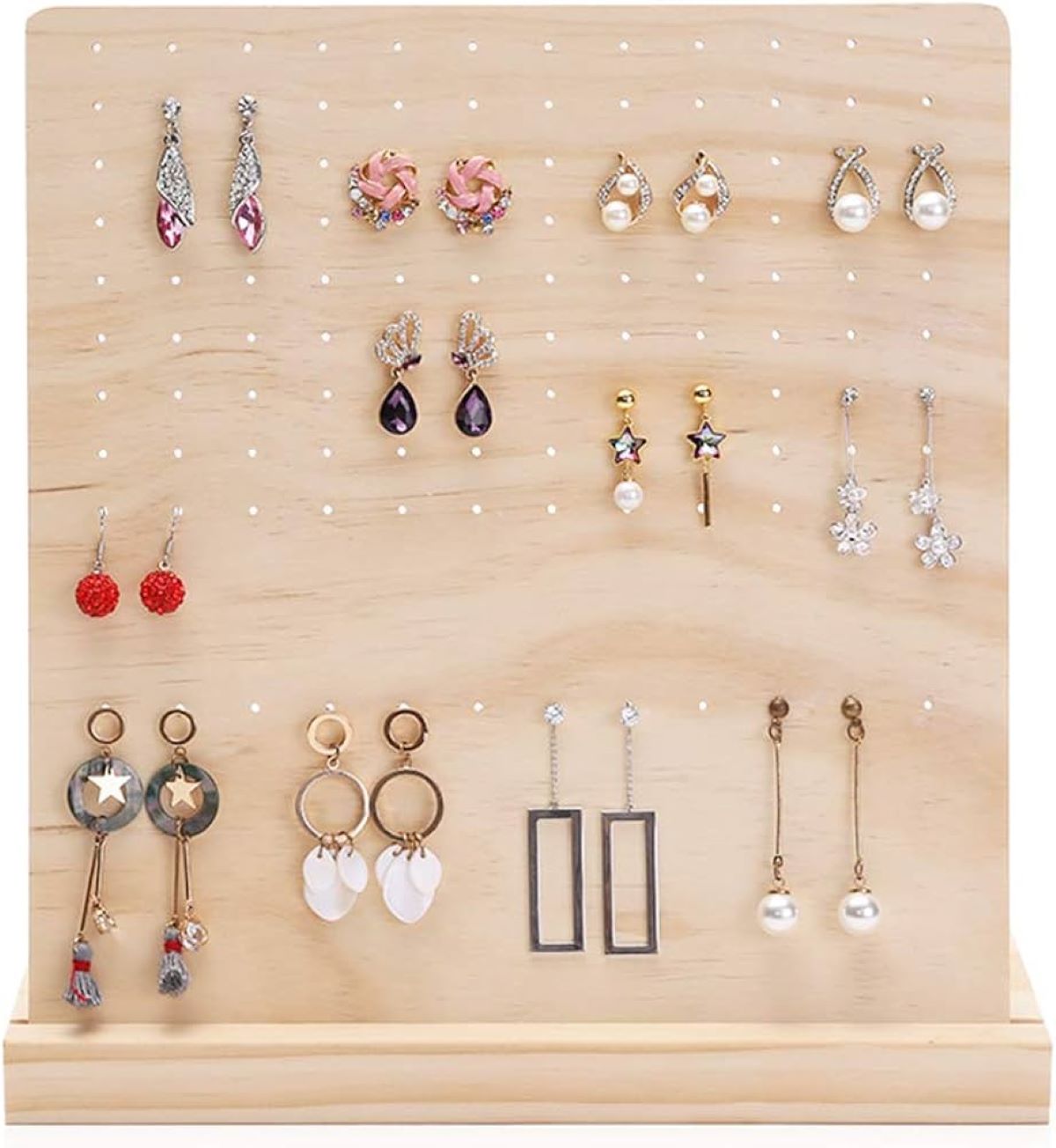
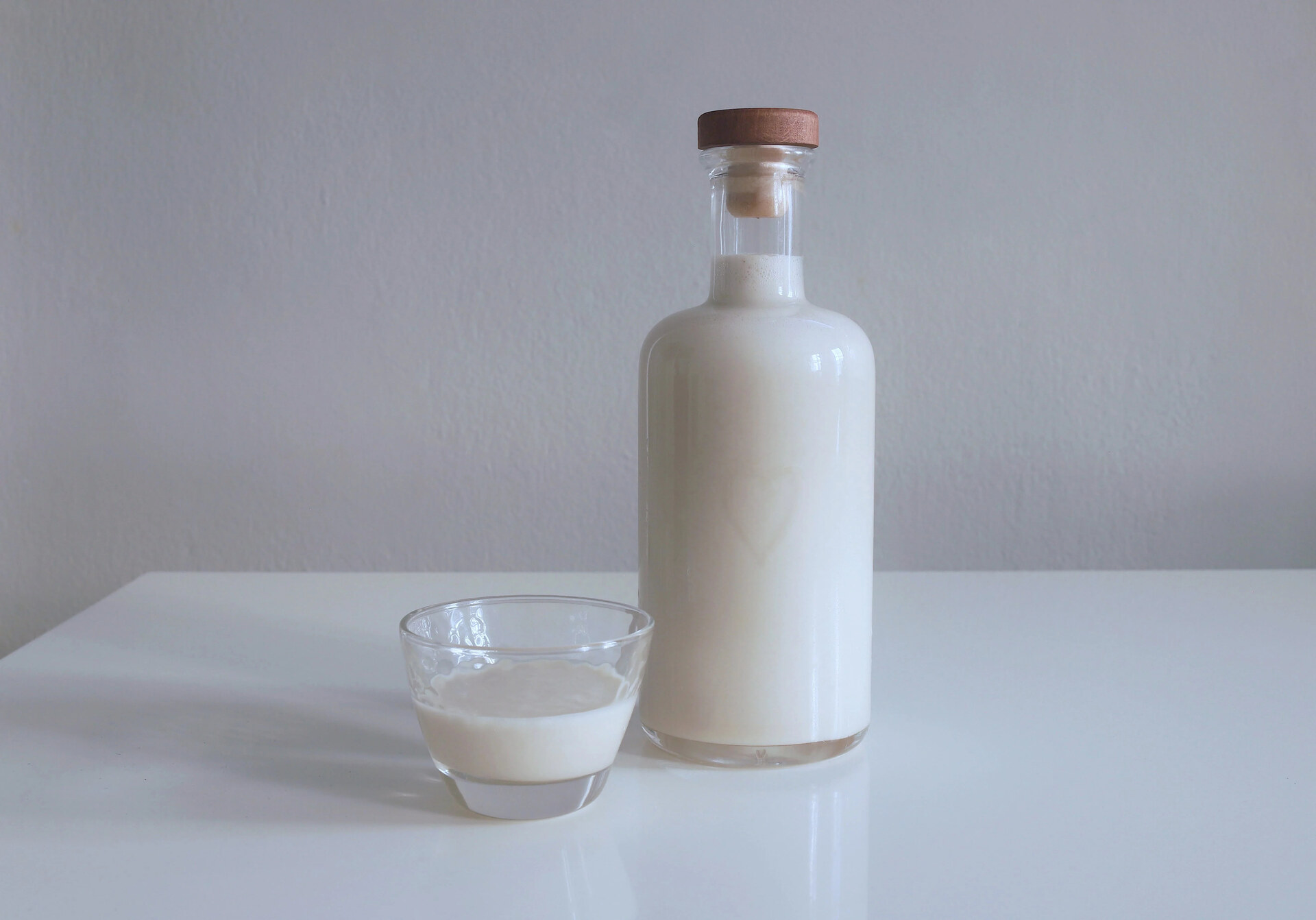
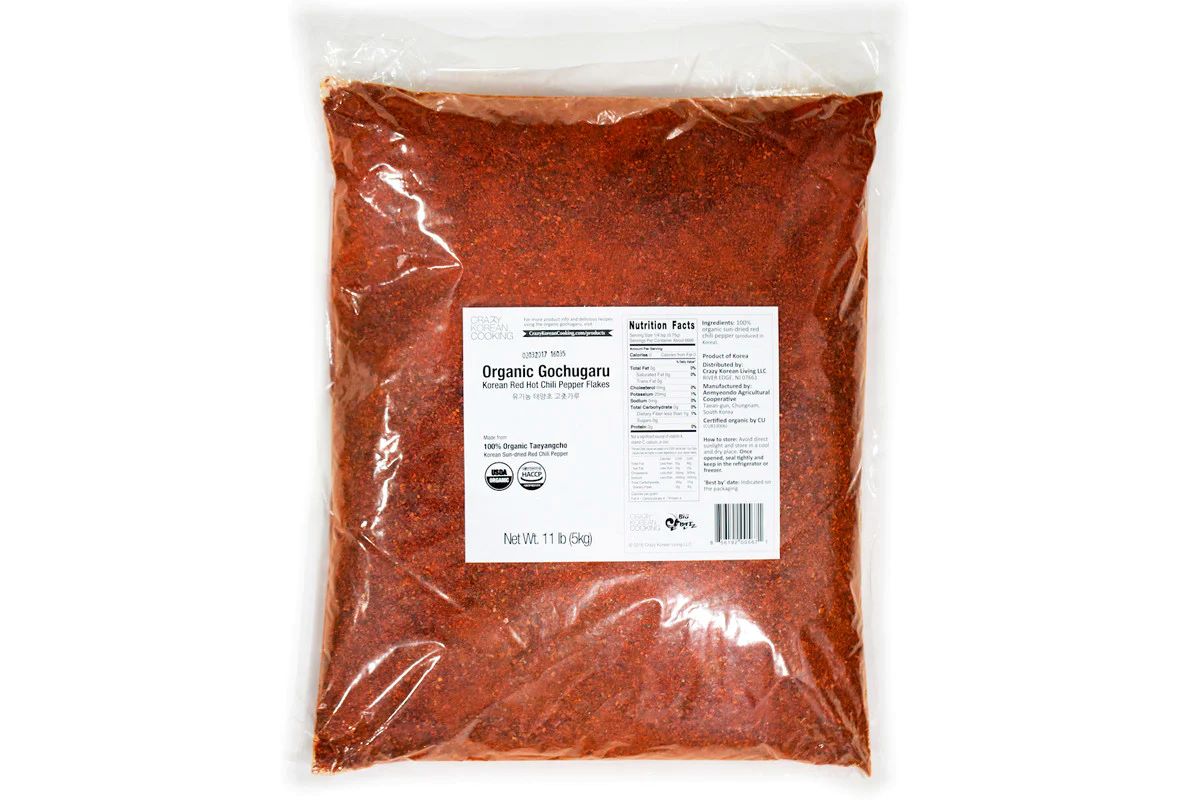

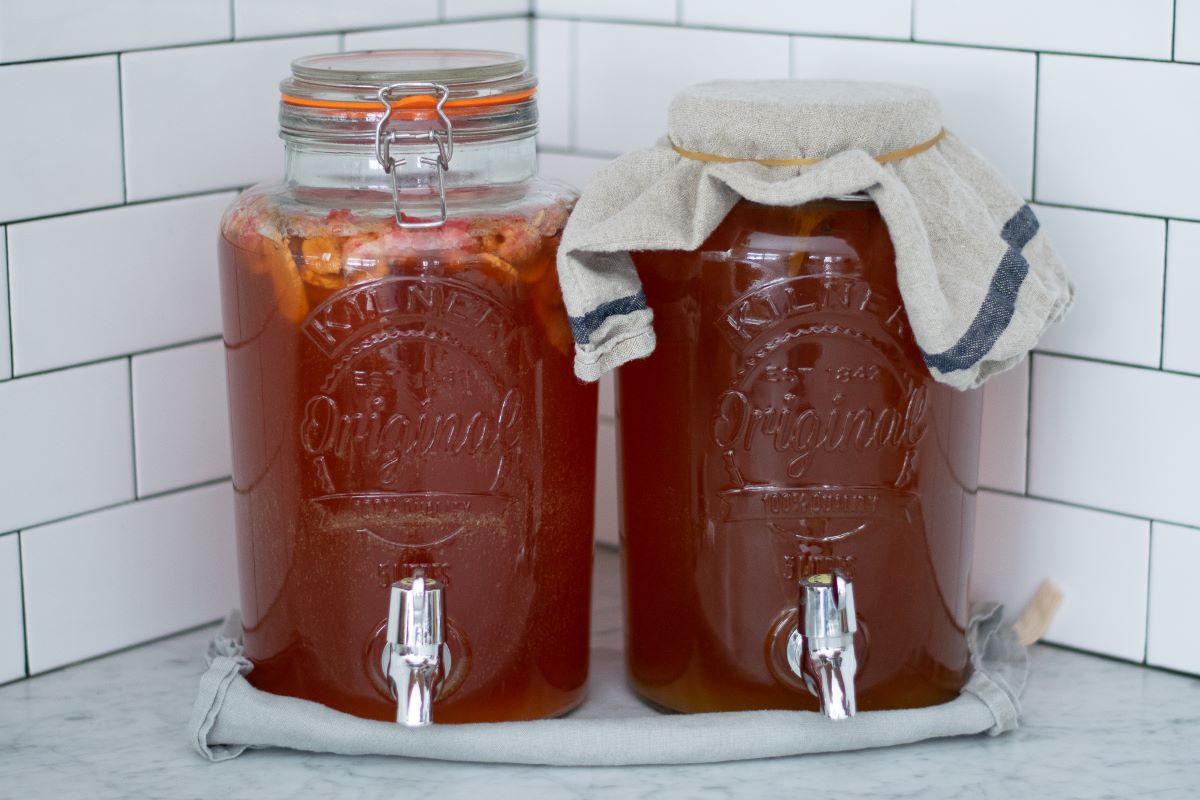
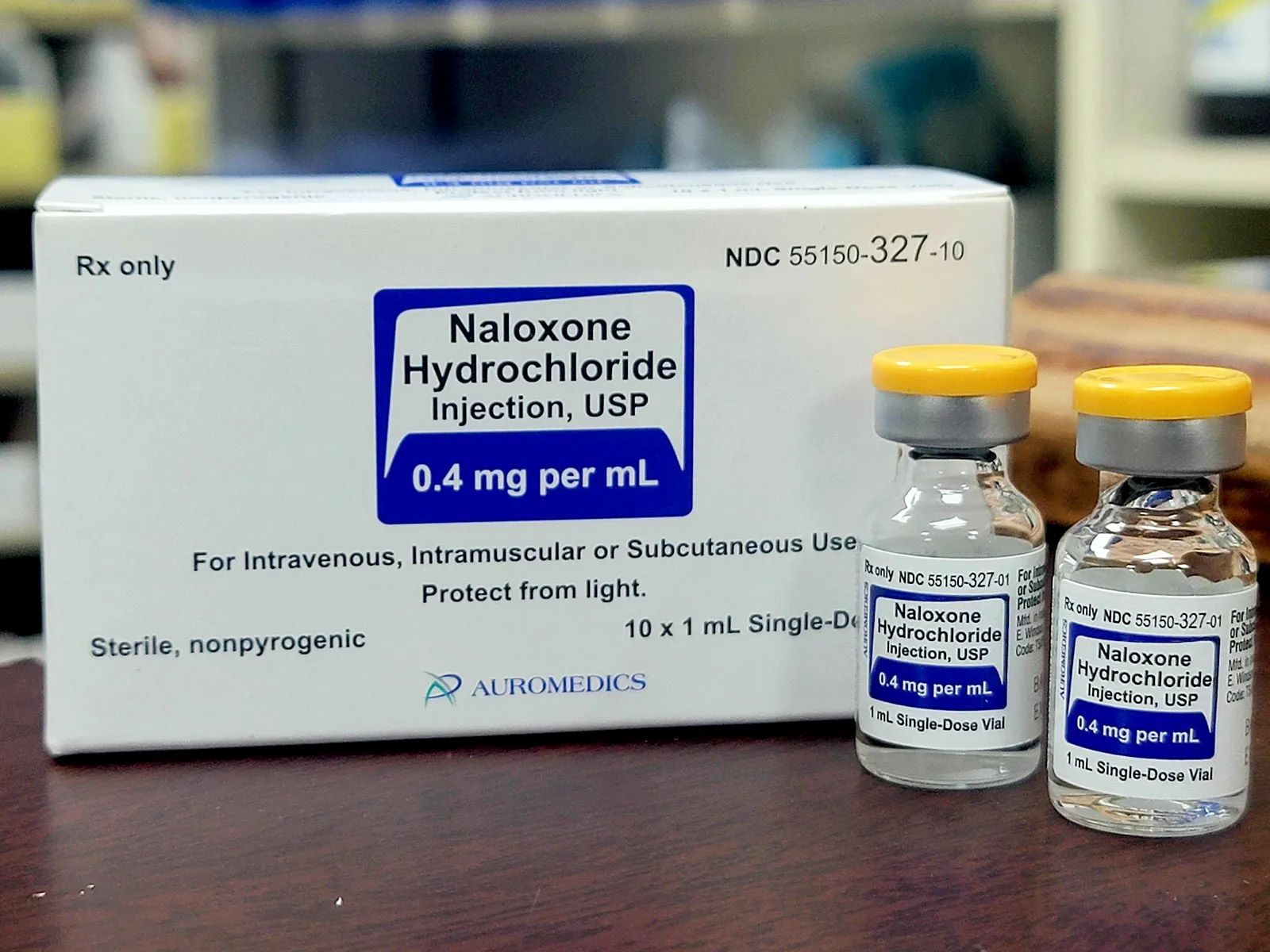


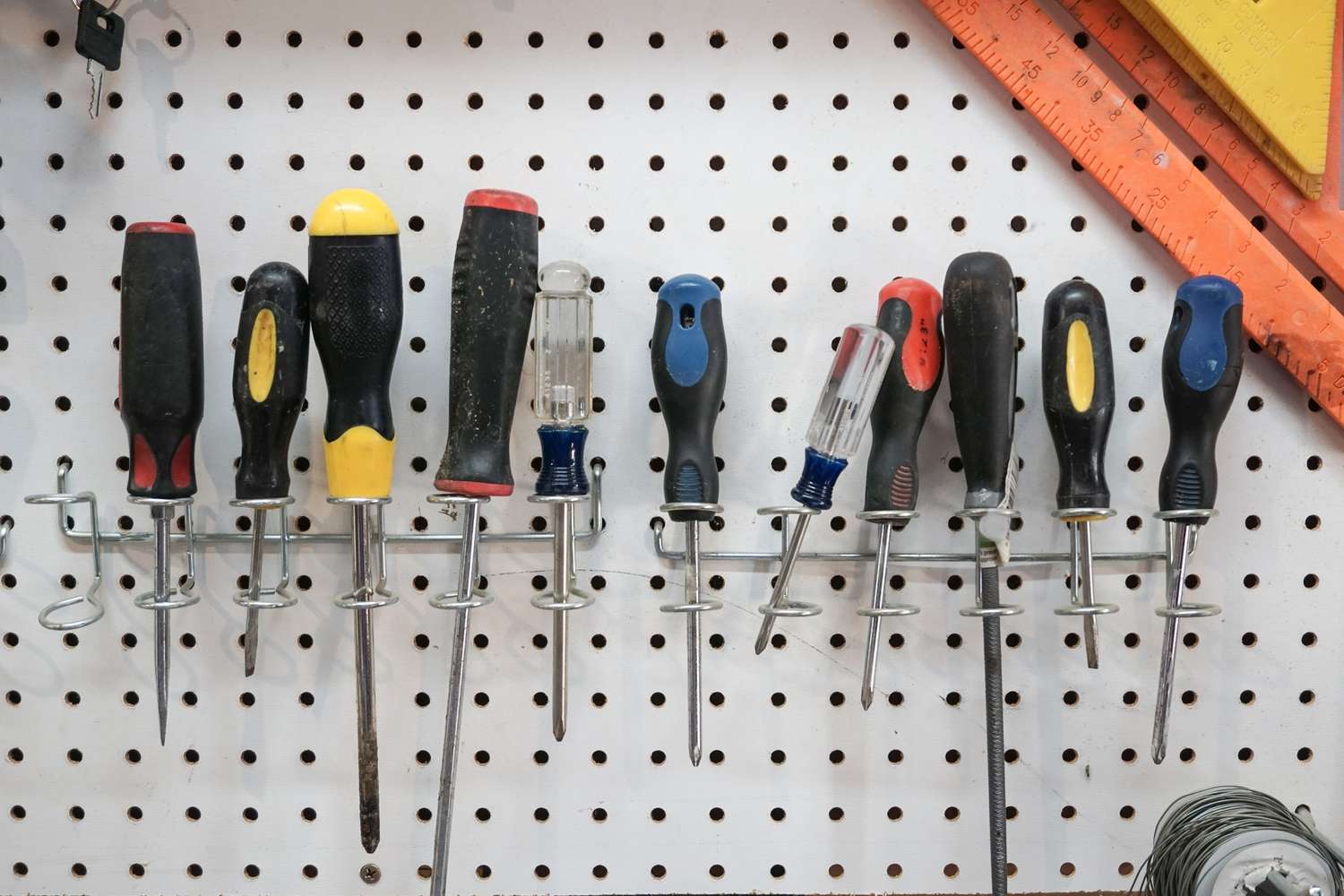


0 thoughts on “How To Store Mres”